The Mottled Duck (Anas fulvigula) is a distinctive species of waterfowl native to the southeastern United States, with a significant population in Florida. Known for its unique plumage and habitat preferences, the Mottled Duck plays a crucial role in the local ecosystem and offers valuable insights into wetland conservation.
The Mottled Duck is a medium-sized dabbling duck similar in appearance to the Mallard but with some notable differences. Both males and females have a mottled brown appearance, which provides excellent camouflage in their wetland habitats. Males have a yellowish bill, while females have an orange to brownish bill with dark splotches. Mottled Ducks typically range from 19 to 22 inches long with a wingspan of approximately 33 to 36 inches.
In Florida, Mottled Ducks are commonly found in freshwater and brackish wetlands, including marshes, swamps, and coastal estuaries. They are non-migratory, meaning they reside in these habitats year-round. Their range extends from the Florida peninsula westward to eastern Texas, but the highest population density is in Florida.
Mottled Ducks have a varied diet consisting of aquatic plants such as seeds, stems, and roots of various aquatic vegetation, invertebrates including insects, snails, and small crustaceans, and grains including foraging on waste grain from rice and other crops.
Breeding season for Mottled Ducks in Florida typically begins in early spring. Nests are usually built on the ground in dense vegetation near water. Females construct nests using grasses, reeds, and down feathers. Females lay an average of 8 to 12 eggs per clutch. Incubation lasts about 24 to 28 days, primarily undertaken by the female. After hatching, ducklings are precocial, meaning they are relatively mature and mobile. They follow the mother to water shortly after birth and begin foraging on their own within days.
The Mottled Duck is currently listed as a species of least concern by the International Union for Conservation of Nature (IUCN). Still, ongoing conservation efforts are being made to monitor and protect its populations. Threats to its habitat include wetland drainage, pollution, and hybridization with feral Mallards, which can dilute the species’ genetic integrity.
Mottled Ducks contribute to the health of wetland ecosystems through seed dispersal, pest control of invertebrates and insects, and as prey for various predators, thus playing a crucial role in the food web.
Photo Credit: David Gale
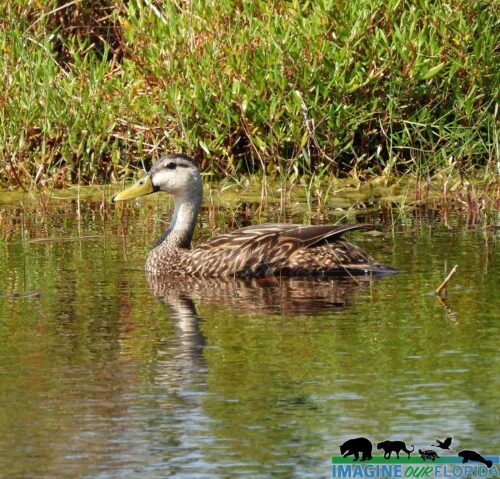
Like this:
Like Loading...
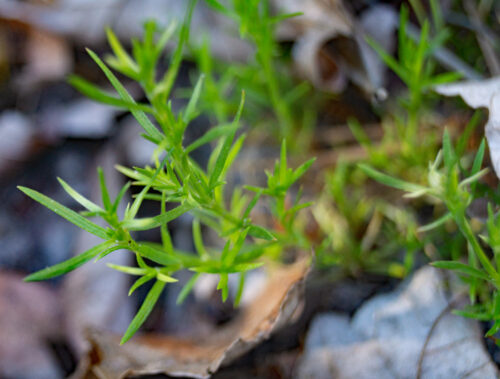


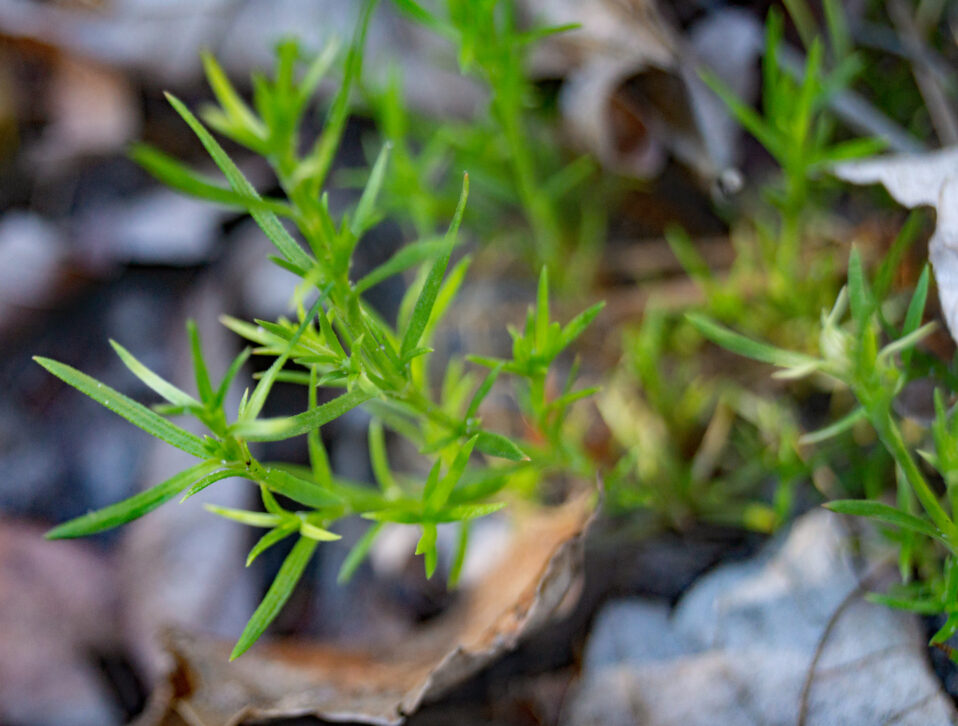
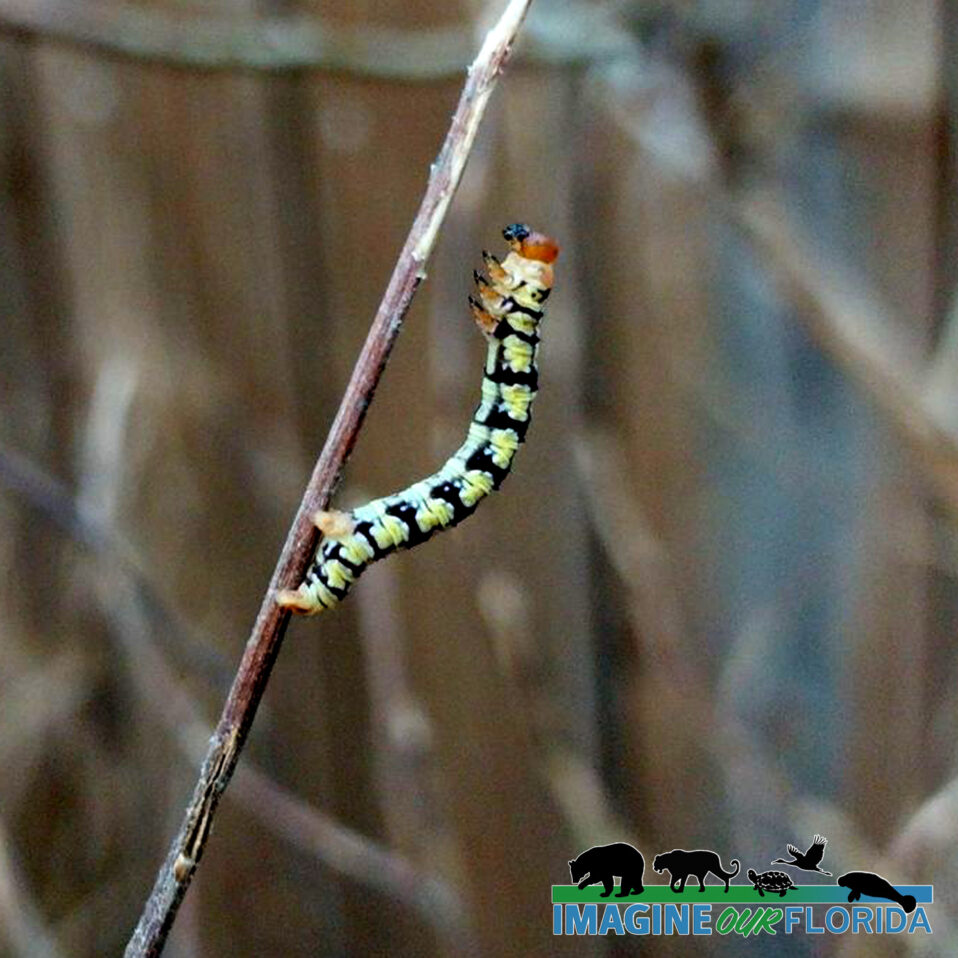
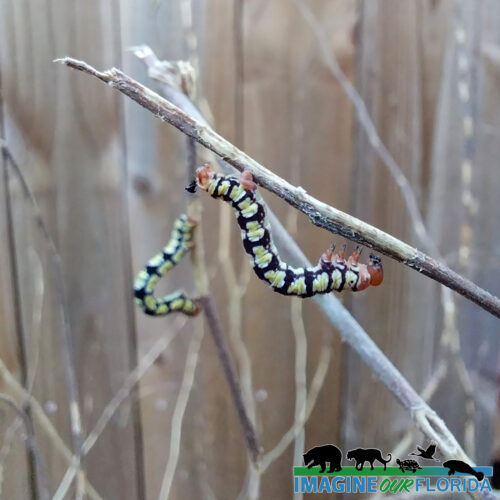
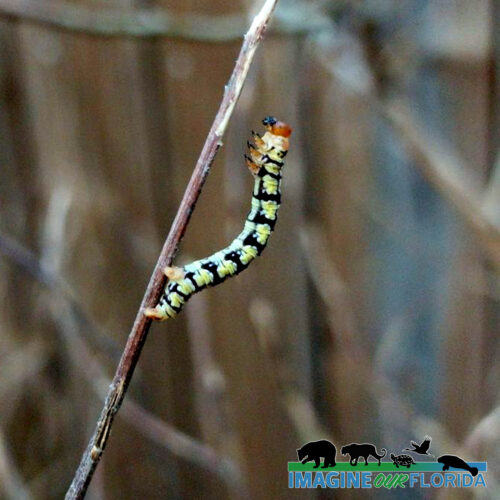
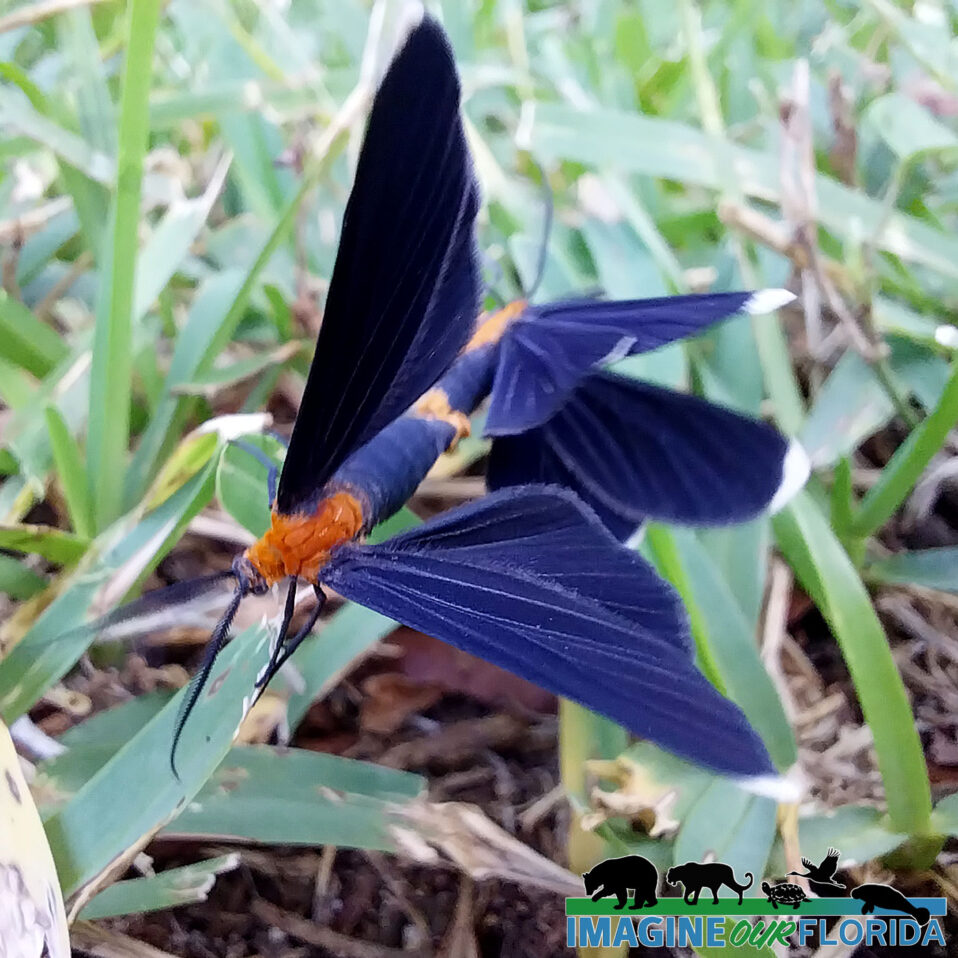
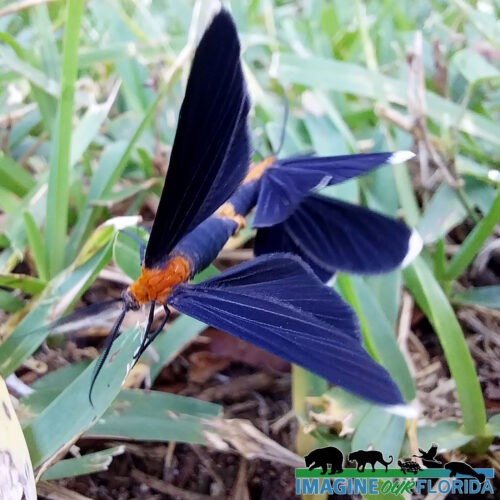
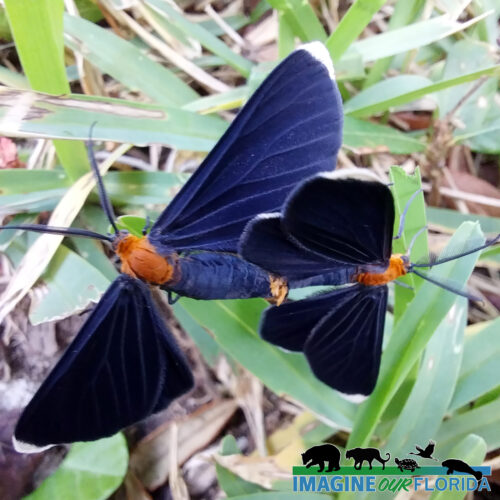
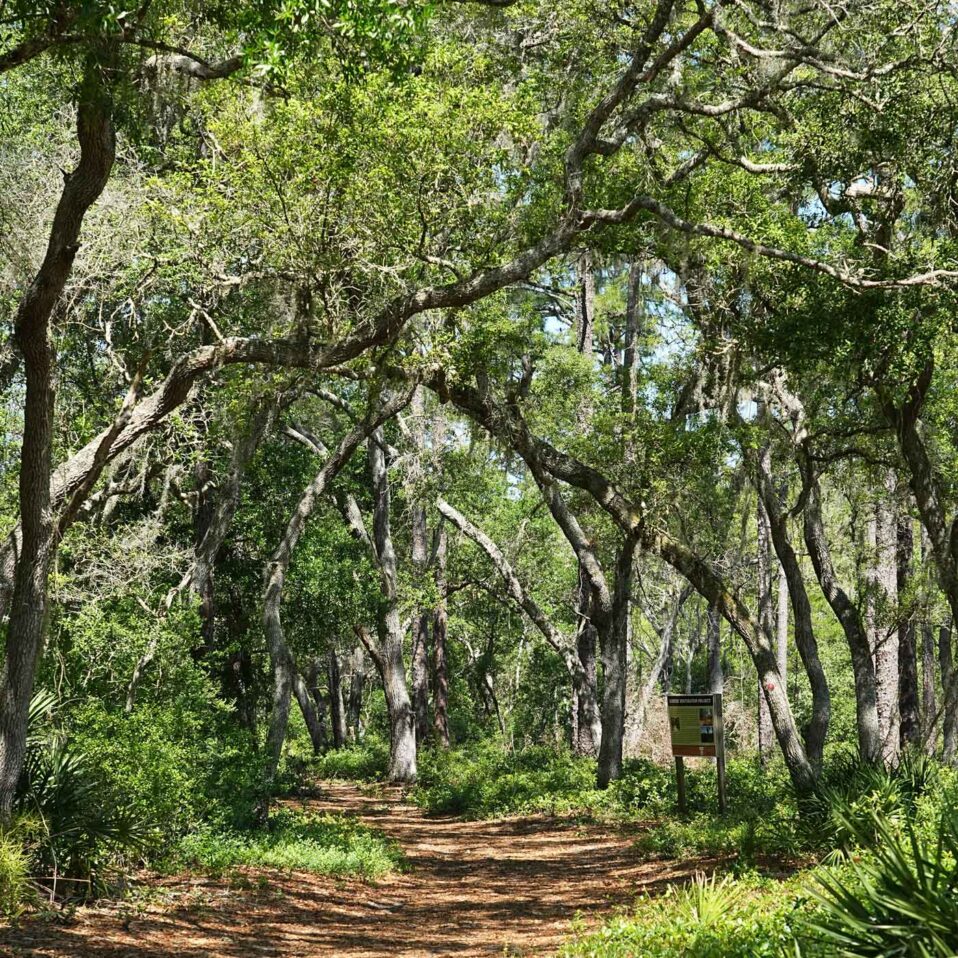
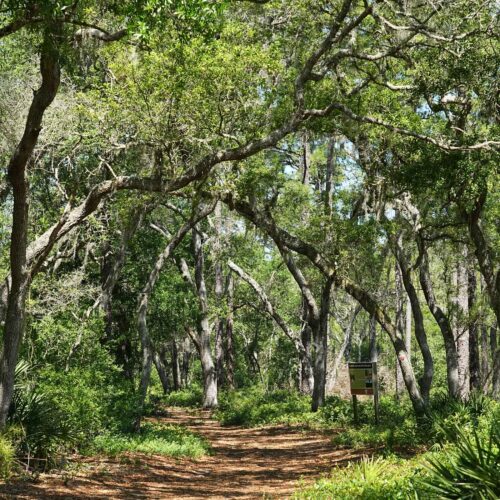
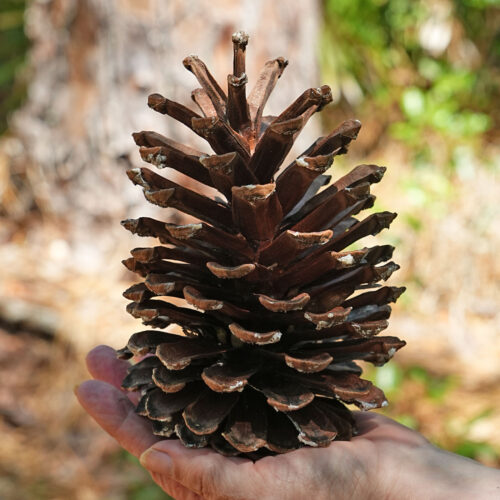
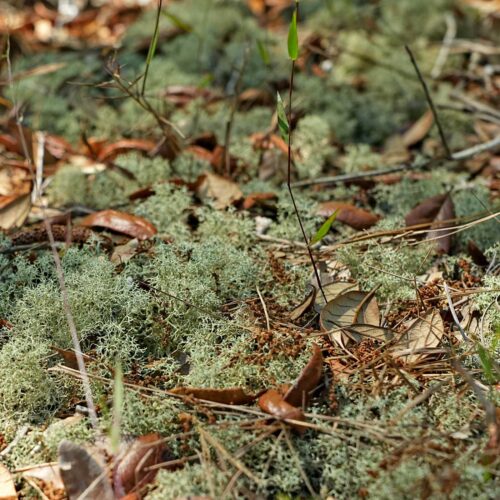
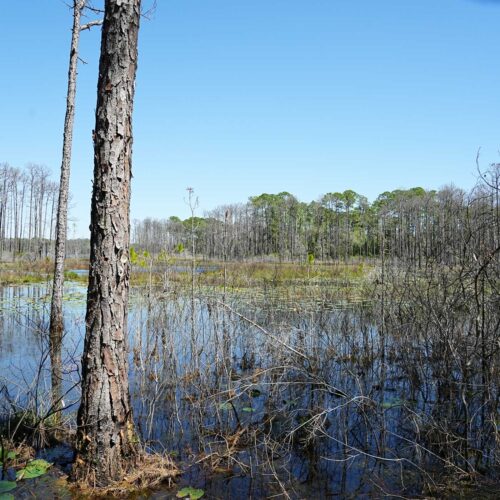
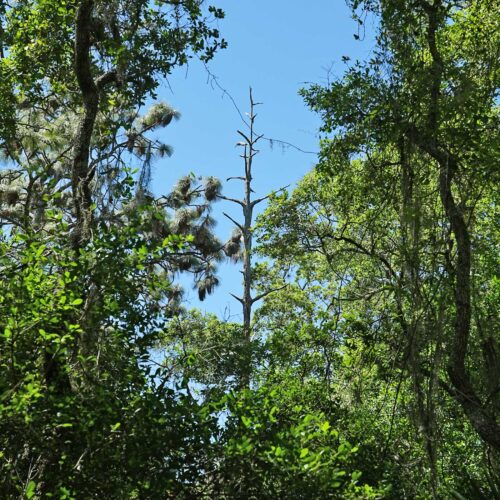
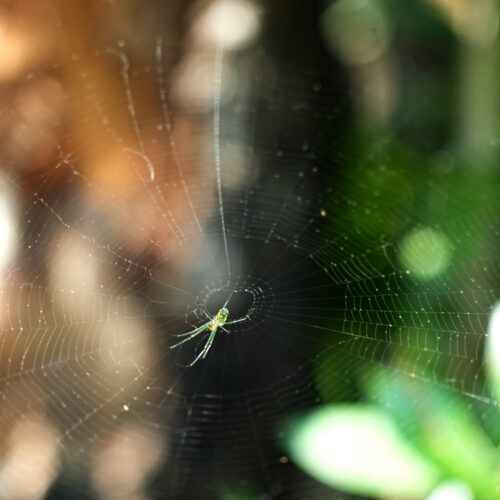
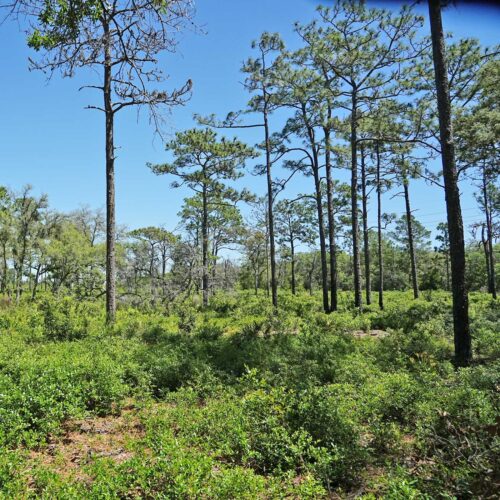
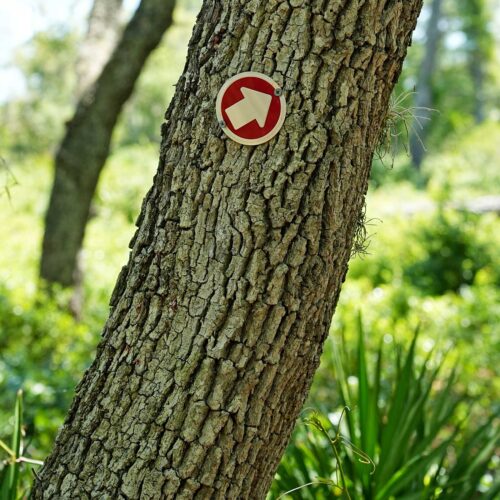
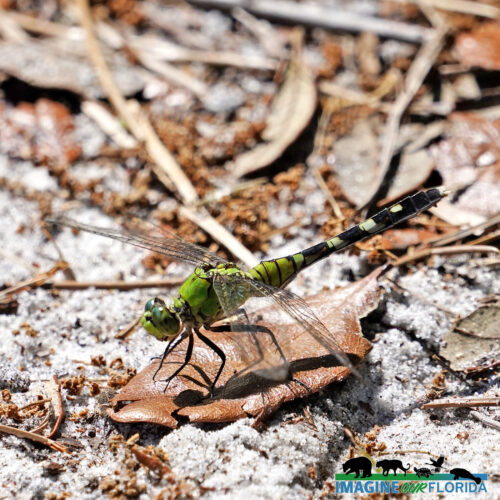
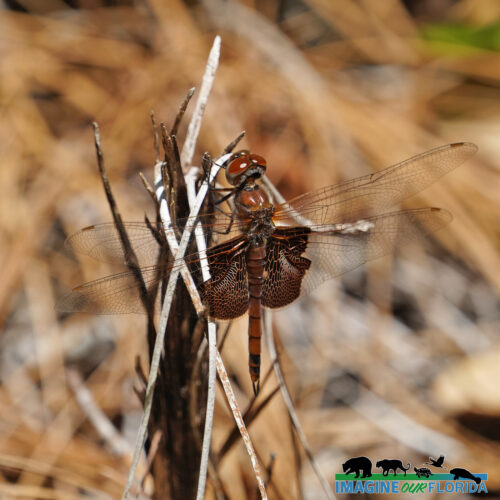
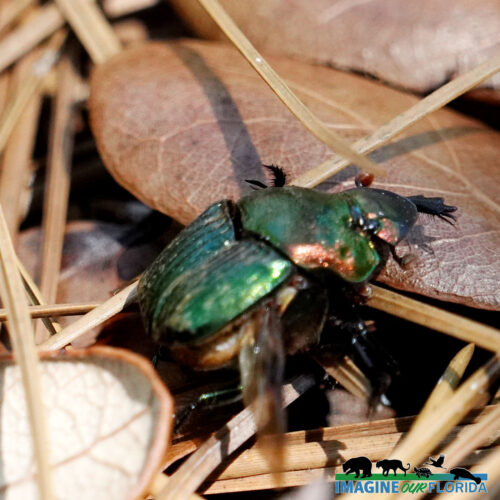
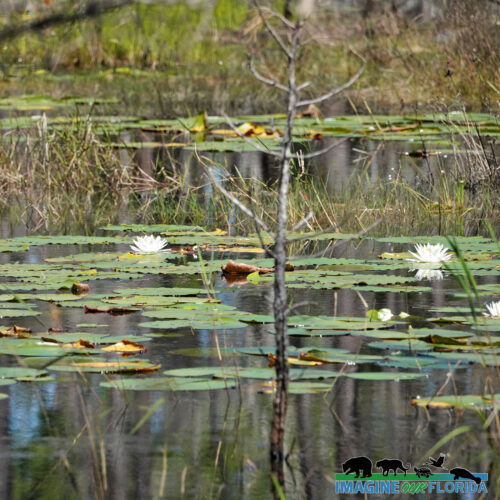
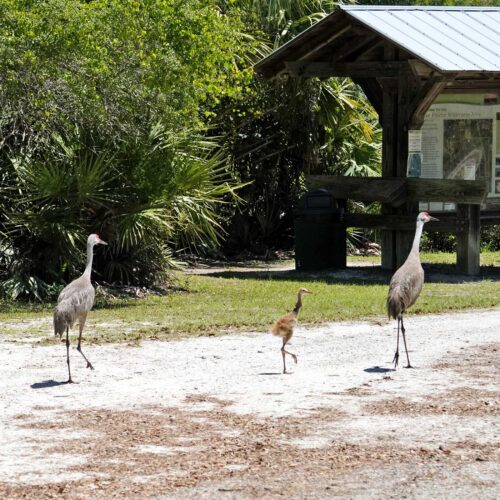
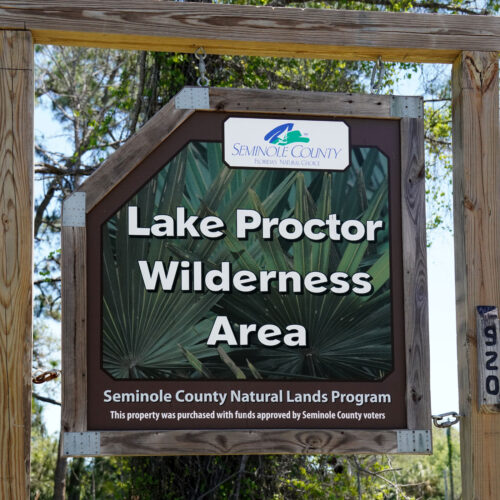
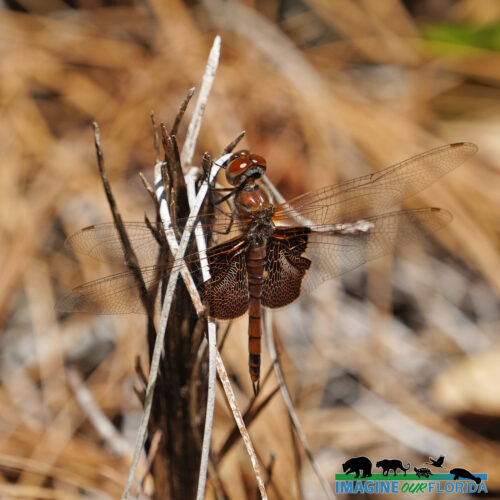

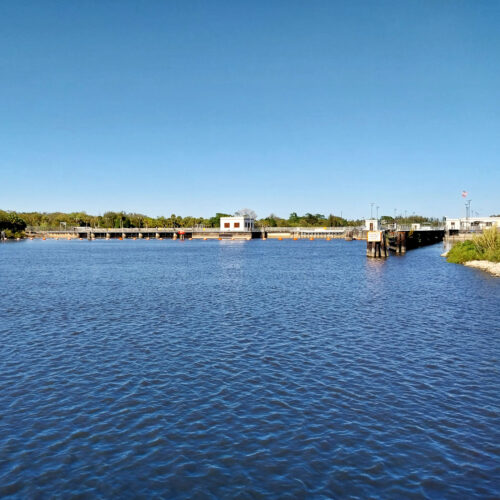
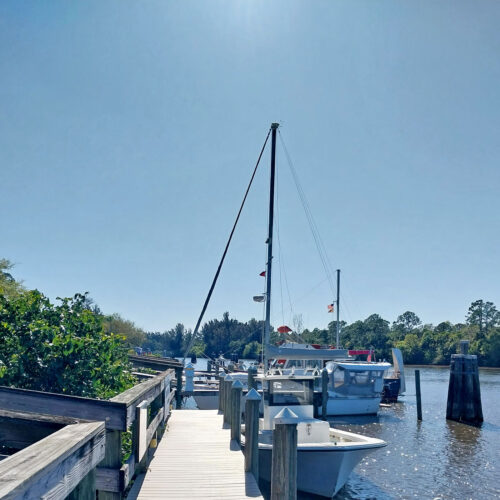
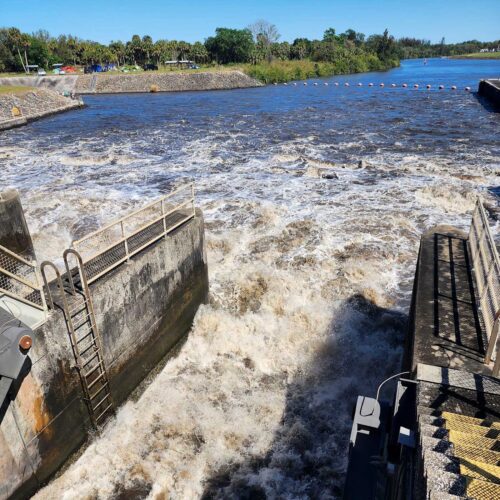
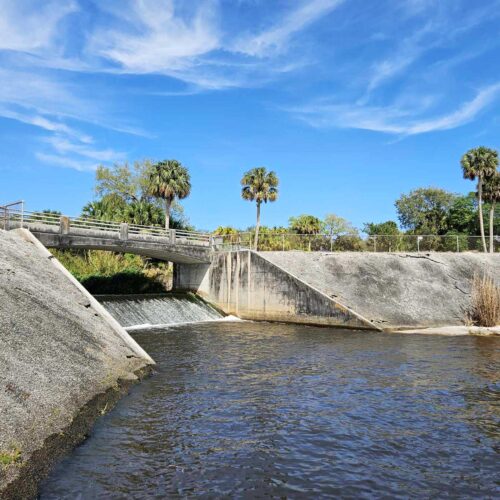
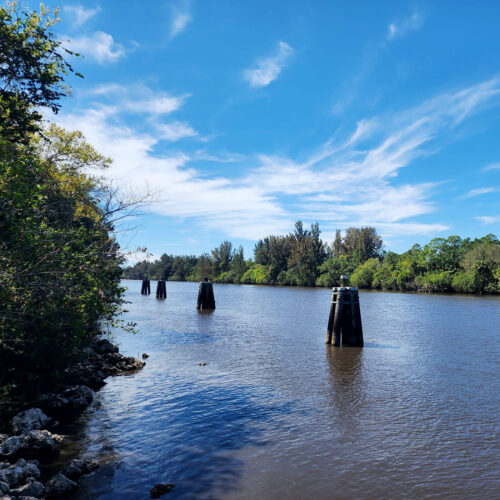
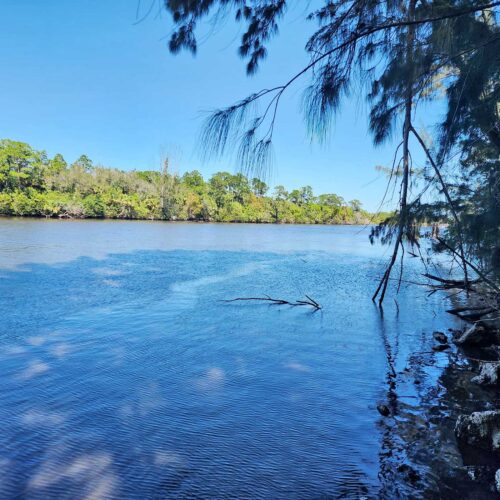
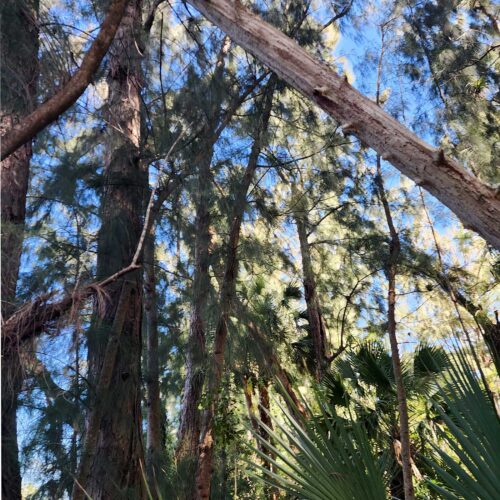
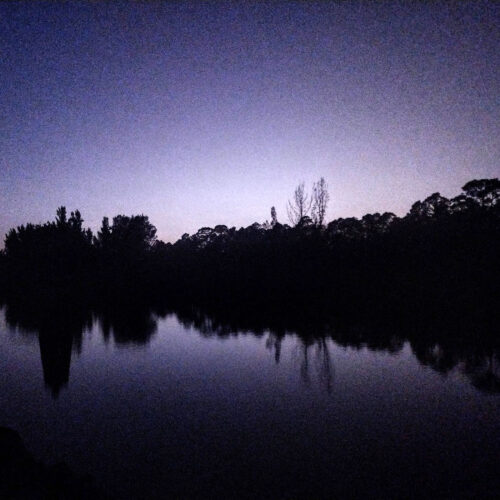
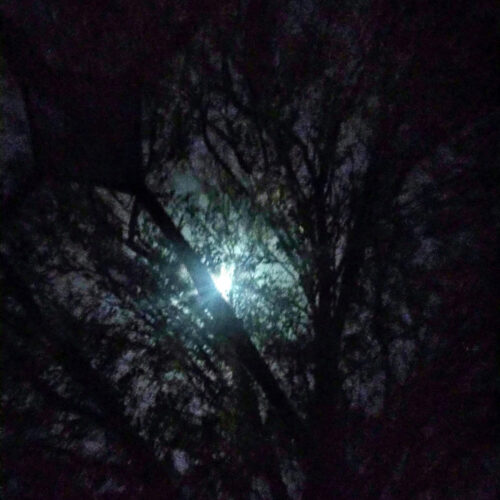
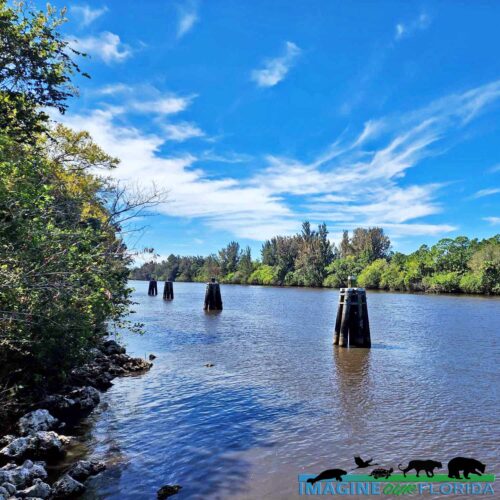
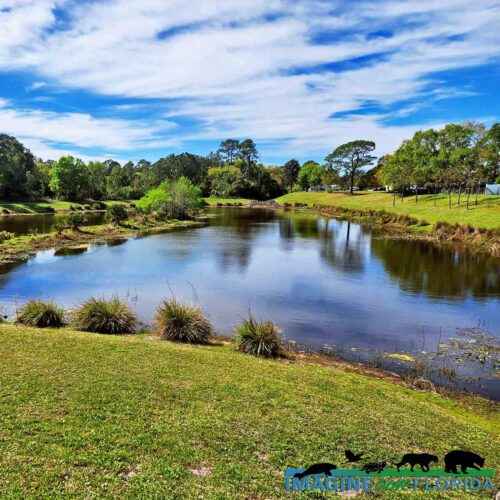
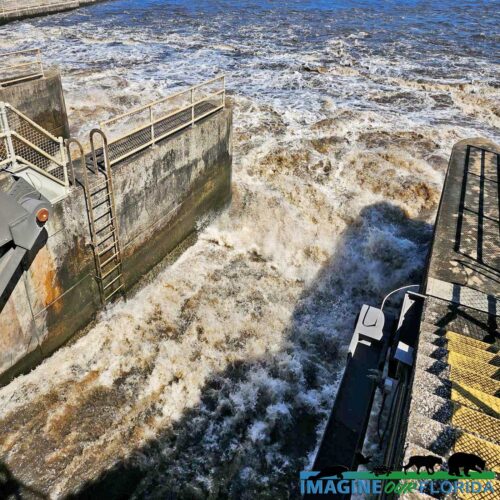
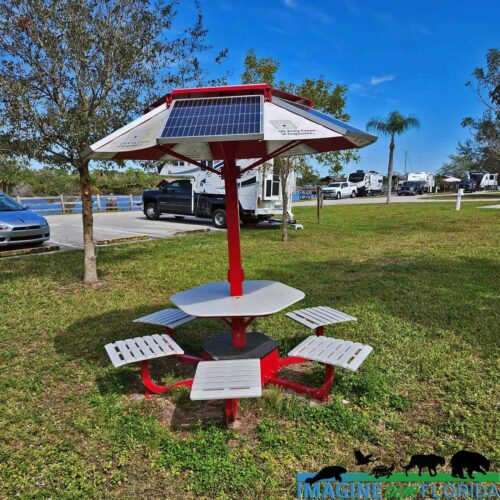
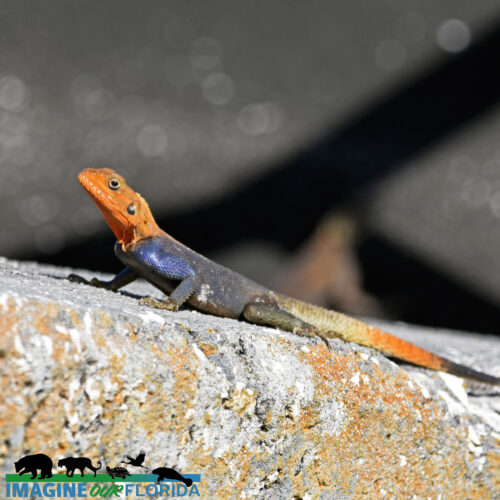
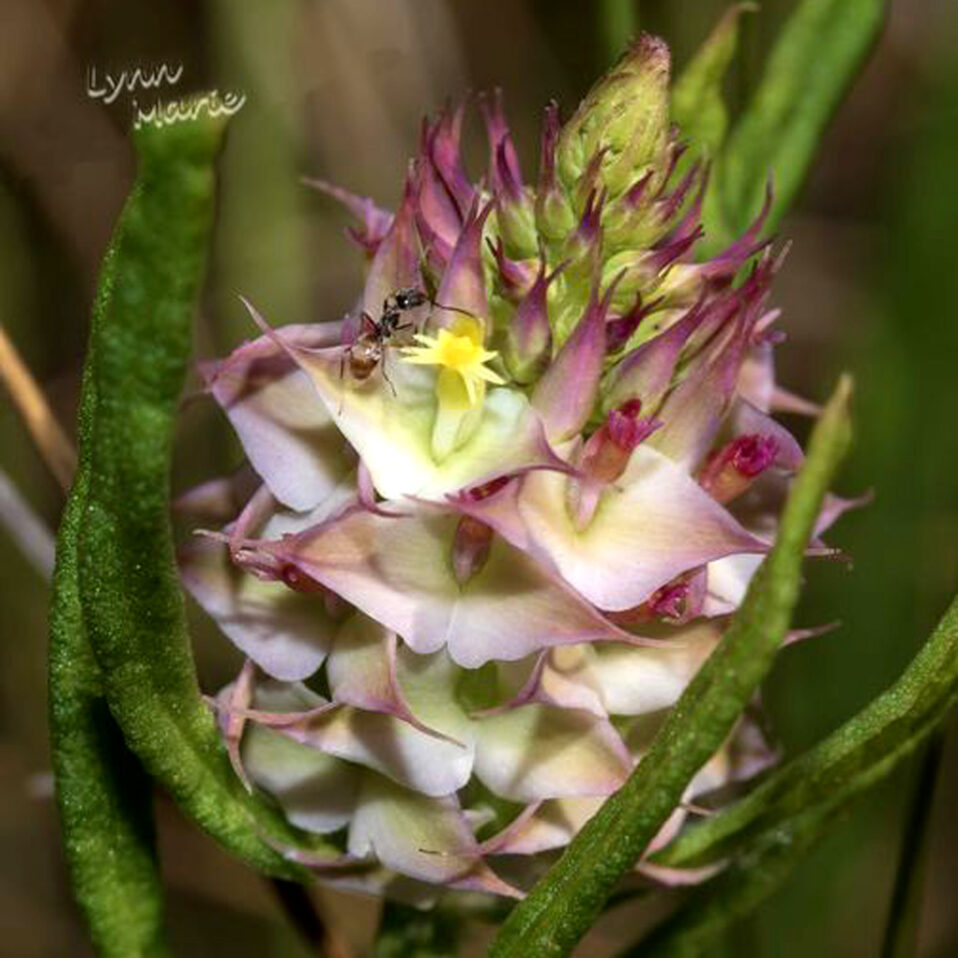
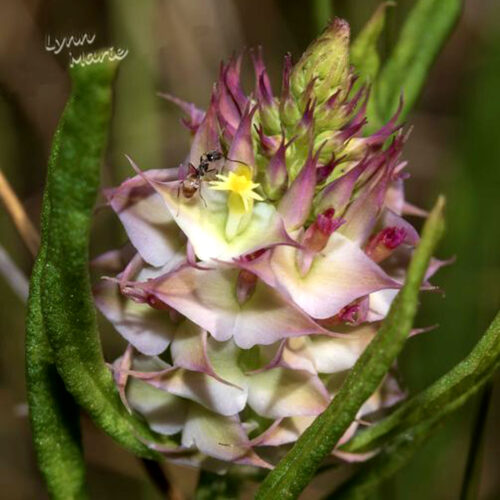
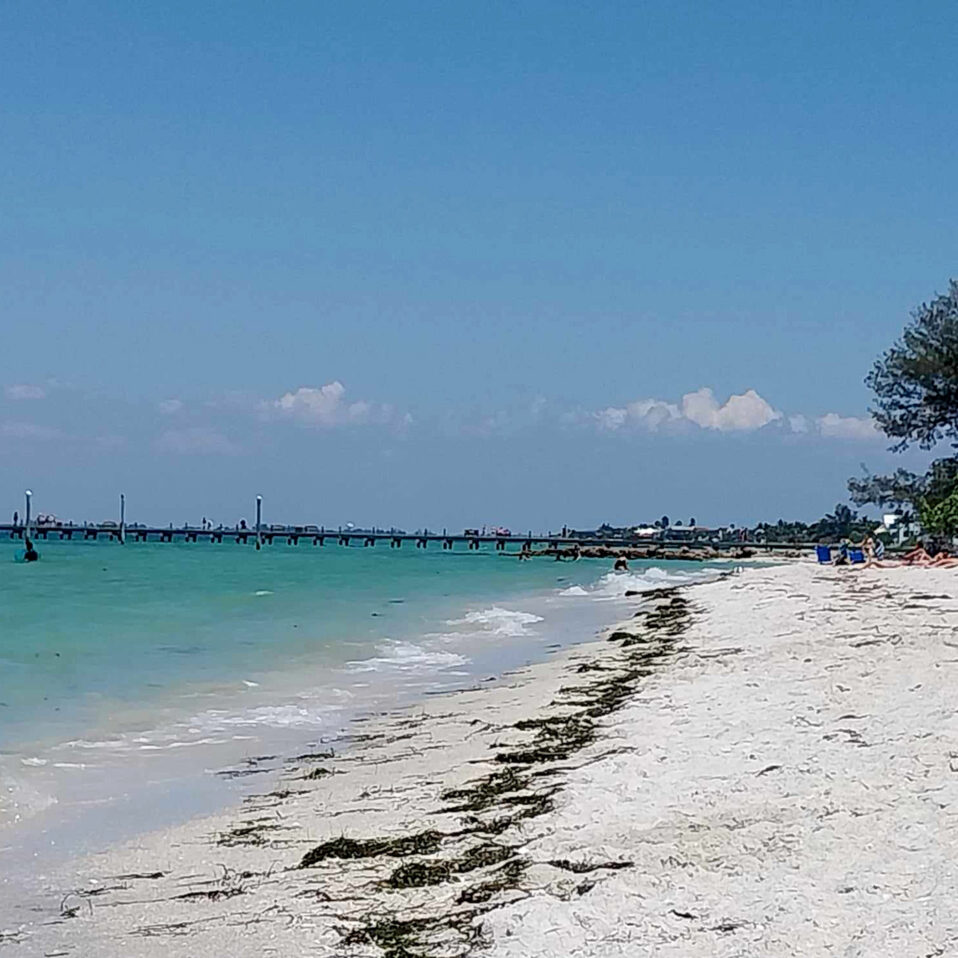
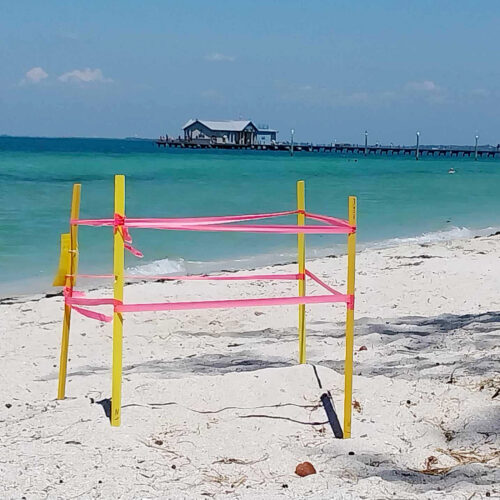
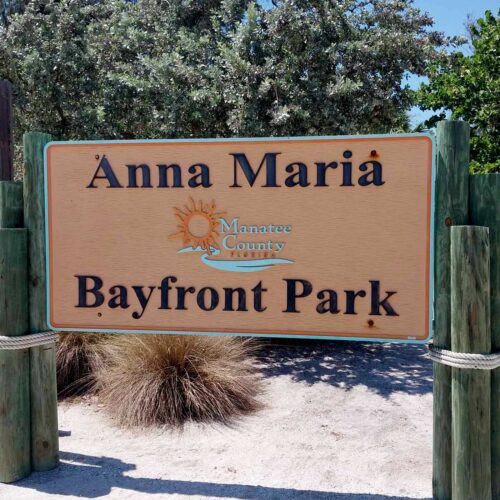
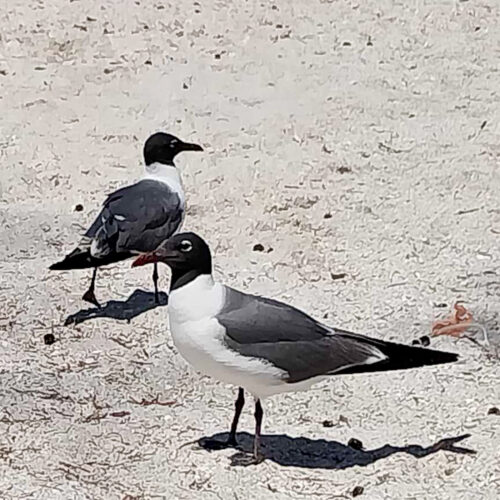
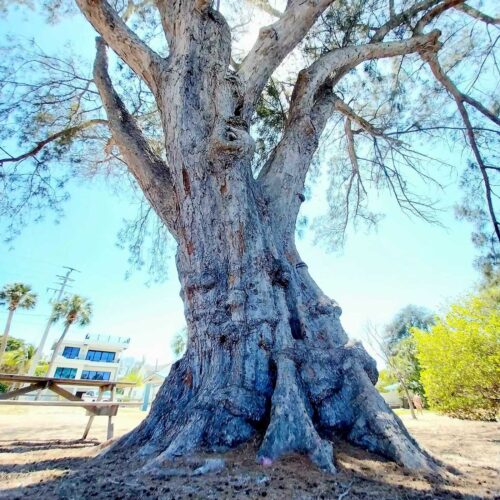
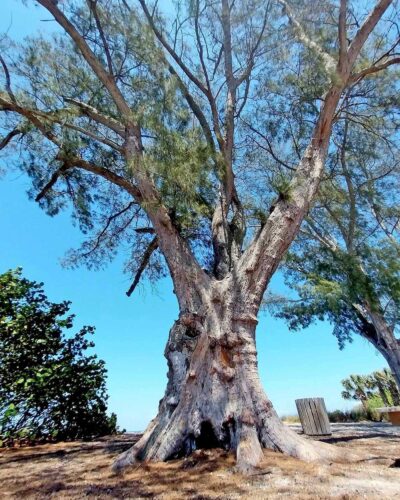
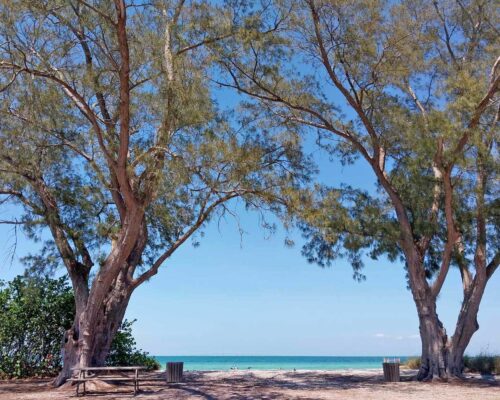
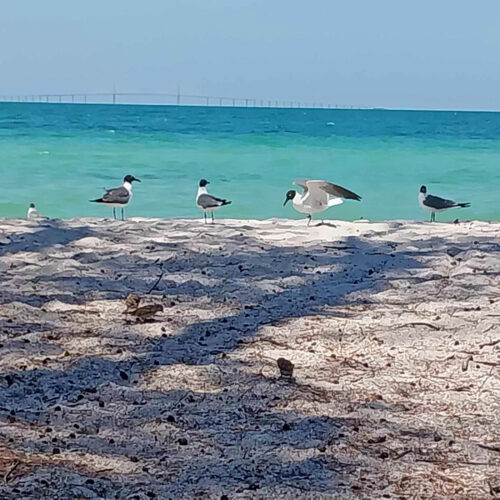
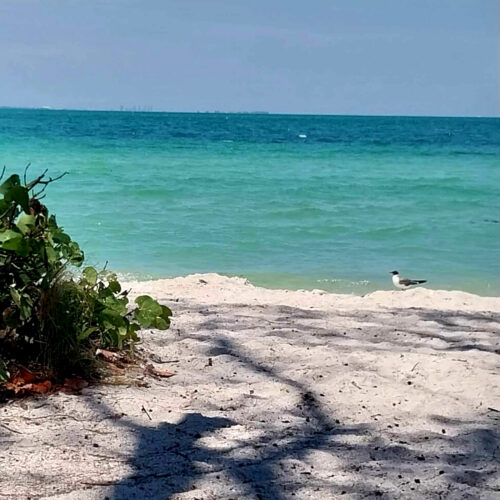
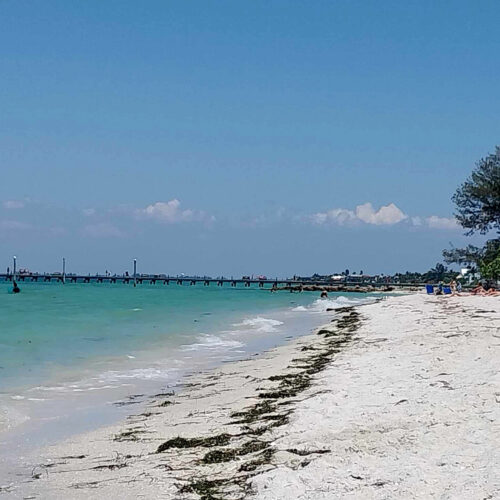
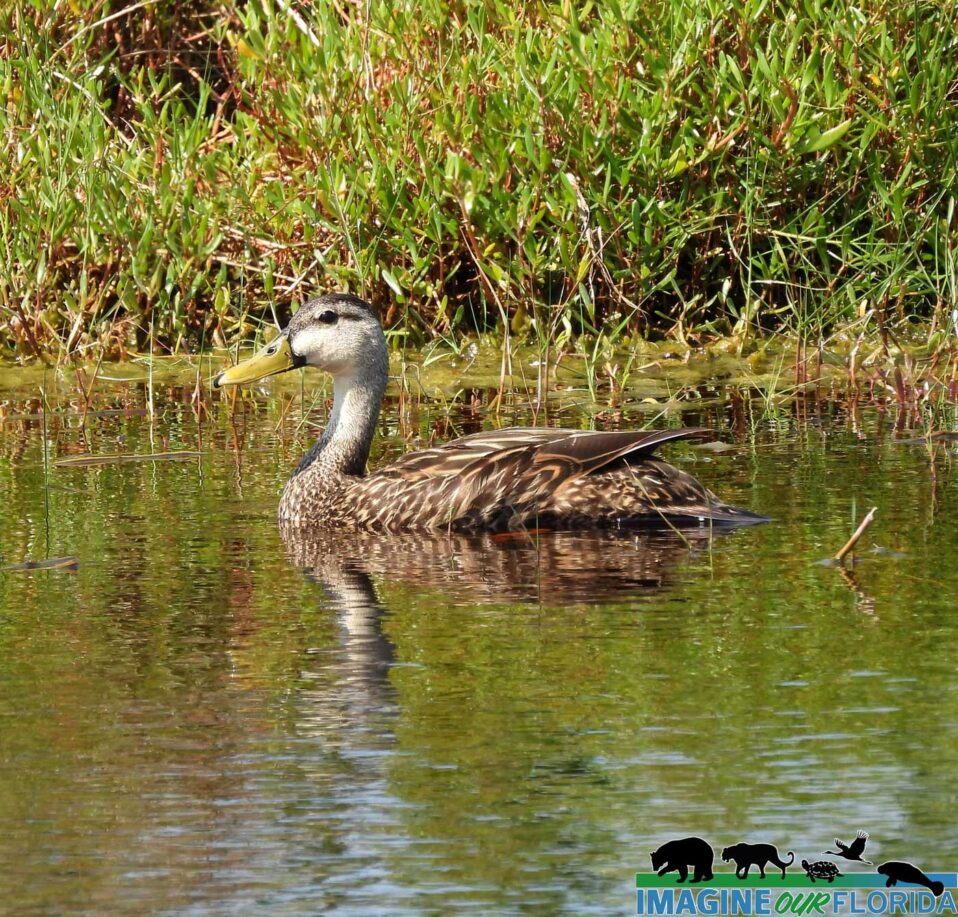

Recent Comments